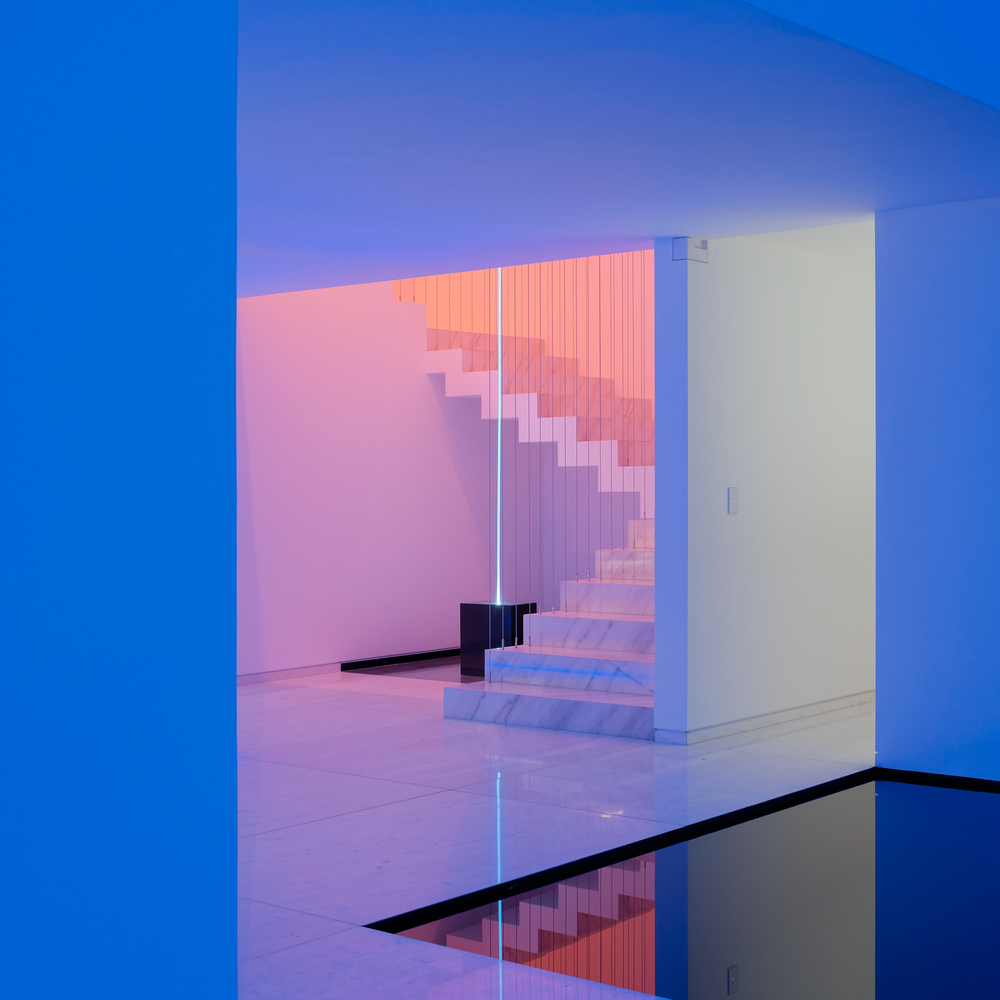Between Light and Shadow: Exploring Lighting to Create Atmospheres in Architecture
Light is part of various disciplines, shaping the world as we know it. In physics, it serves as a measure of speed and makes vision, and the recording of images by the eye and camera lens possible. Throughout art history, the representation of light – or its absence – has guided secular movements in various manifestations with equally different techniques and supports. This means that light – and its derivative shadow – can create environments, atmospheres and sensations, which can be perceived in objects and spaces. Light is also a part of architecture.
Luigi Ghirri wrote that light modifies architecture’s appearance and meaning. Often, the drawings or contrasts between light and shadow make the images more striking. These images, frozen on paper, invite long gazes, interpretations and meanings. Indeed, light incidence on a building can transform it. And, taking advantage of the sun’s natural movement, different ambiances can be created for the same project. Along with the occupant’s movement through space, light and shadow can reveal many constructions within the same building.


 Picture: Joe Fletcher
Picture: Joe Fletcher
Comments :